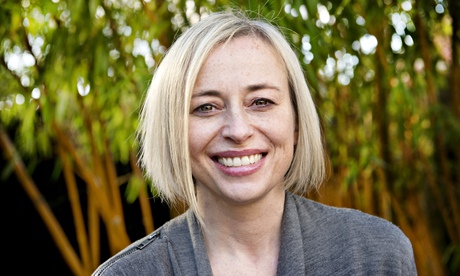
In 2005, Vanessa Bradley was struggling to keep up in her twice-weekly gym sessions. Thinking it was just a sign of getting older – she was 32 – she committed to more classes. Instead of getting better, however, her fitness rapidly declined. After numerous frustrating visits to her GP, who initially dismissed her symptoms as asthma, Vanessa eventually had an echocardiogram (a sonogram of the heart) and saw a consultant. At the appointment, she was told she had idiopathic pulmonary hypertension, a terminal illness. “I was in complete shock, I couldn’t take it all in. I thought I would just have some virus and I’d take some tablets and get better.”
Pulmonary hypertension (PH) affects 4,000-5,000 people in the UK. In sufferers of the condition, blood pressure within the pulmonary vessels that supply the lungs is raised, which can damage the heart and make it less efficient. Although it can be managed by a strict drug regime, there is currently no cure and the condition gradually gets worse over time.
Over the next seven years, Vanessa took increasing quantities of drugs to help manage her symptoms. By 2012, her health had started to go rapidly downhill. She began to experience irregular heartbeats, and underwent electric shock therapy. She was put on a drug called Flolan, which had to be administered intravenously 24 hours a day – and was told she’d take it for the rest of her life. Given 10 years to live at most, Vanessa asked whether a transplant was possible. Her consultant wasn’t keen because of the risk, but Vanessa felt it was her “only option as I was going to die anyway – I wanted my life back”.
She was referred to Harefield hospital in Middlesex, a leading UK cardiothoracic transplant centre. She was told that the right side of her heart was so enlarged she would struggle to survive a double-lung transplant, and that the chances of getting a simultaneous heart and double-lung transplant were very slim. Only eight such transplants had been performed in the UK in the previous year, compared with 203 lung transplants.
Then she was thrown a lifeline. André Simon, the director of transplantation at Harefield, thought she would be a strong candidate for a new experimental treatment. In his previous position at Hannover medical school, he and his colleagues had started using a machine called the Novalung. It is an oxygenator, and works by removing the patient’s blood, “cleaning” it of carbon dioxide and returning it to the body. It is usually used as a bridge to transplant, buying a patient a few extra weeks in the hope that a suitable donor organ can be found.
Unlike other oxygenators, the Novalung uses the patient’s own blood pressure, which would allow Vanessa to stay more mobile. “It doesn’t have an engine attached,” explains Simon. He believed that Vanessa’s very high blood pressure could work to her advantage. If the Novalung took over the work of Vanessa’s lungs, her heart, relieved of some of its workload, would theoretically shrink back to a normal size, paving the way for a less risky double-lung transplant.
The catch was that this operation would be, in Simon’s own words, a “complete first” anywhere in the world. Vanessa would be a human guinea pig. The team at Harefield knew she couldn’t stay on the machine indefinitely but didn’t know how long someone could survive on it. “Vanessa knew very well that once that step was taken there was no way back,” says Simon. To take out the Novalung would cause certain death, plus there was a strong possibility that suitable donor lungs would not become available in time. Success “would be like winning the national lottery, but the price for the ticket was a life”.
Despite all these fears, Vanessa said yes during her very first meeting with Simon. The team wanted her to think about it overnight but, although she cried all the way home from the appointment, she didn’t change her mind.
The Novalung was inserted in August 2013. She was the first person to ever be kept awake on the machine. Her memory got hazier as her body weakened, but she clearly remembers that “everyone got super excited” when the theory proved right and her heart started to shrink. She received donor lungs in September 2013 but her recovery was far from straightforward – she had experienced complete muscle wastage and had to endure gruelling physiotherapy to learn how to talk, eat and walk again.
In February 2014, six months after she was admitted to hospital, Vanessa went home. She’s now back at work full time. “I feel proud I was a guinea pig,” she says. “I like to think I have helped, and hopefully other people with PH don’t have to wait for [combined] heart-and-lung transplants, perhaps it can save more lives.” She adds that she thinks about her donor, a woman of about her age, “a lot”.
Since Vanessa, Simon has carried out the procedure on a handful of other PH patients with success. He has learned from Vanessa’s case, and is ensuring that exercise and movement is now a priority for recovering patients, to reduce the extreme muscle wastage that she experienced. Although he admits it is “a long way away”, he hopes to take what he’s learned from the Novalung to help develop a device that could be implanted in patients long term, to give them a good quality of life outside of a hospital setting.
Vanessa recently bumped into her surgeon. She recalls that he joked: “You crazy woman, it was just an idea.” “Well it worked, didn’t it?” she replied.
• To sign up to the organ donor register visit organdonation.nhs.uk

